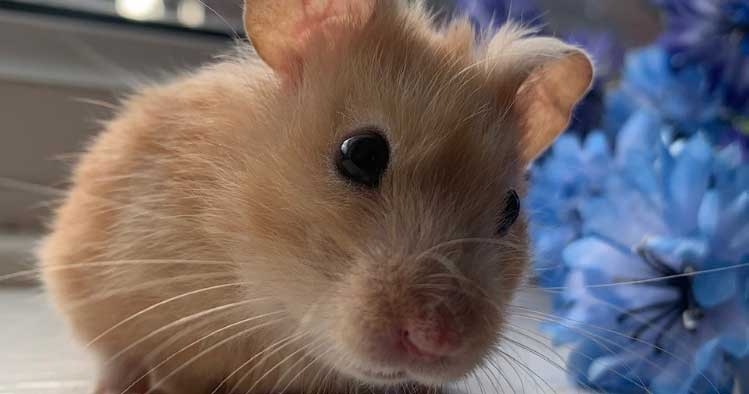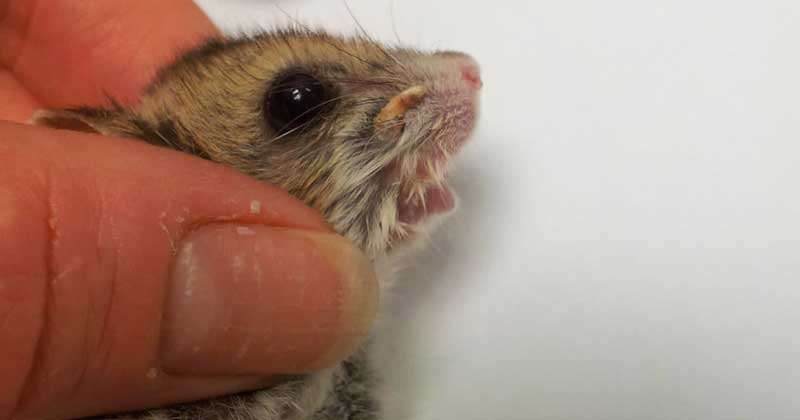24 Jun 2022
RVC study, using its VetCompass system, lists 20 most common disorders, headed by “wet tail” and including bite injuries, overgrown nails and/or incisors, and traumatic injury.

Image © Lisa Haycock
The largest study of its kind has revealed the 20 most common disorders in hamsters, most prominent causes of death and the average lifespan as 1.75 years.
Findings for one of the world’s most popular small pets are the latest to be revealed under the RVC’s VetCompass project, and aim to help owners better understand the conditions to look out for or expect when they take on a hamster.
Despite their popularity, little research into the rodents is available, and they can be difficult to handle and may hide signs of illness.
From a list of the 20 most common disorders across all hamster species, the most common disorders were “wet tail” – (diarrhoea or liquid discharge, at 7.33%), bite injuries from other hamsters (5.88%), overgrown nail(s) (4.13%), overgrown front teeth (3.98%) and traumatic injury (3.80%).
Hamsters’ average age at death was around 21 months (1.75 years).

Among other findings in the research, published in the Journal of Small Animal Practice, were:
Dan O’Neill, associate professor in companion animal epidemiology at the RVC and lead author of the paper, said: “Hamsters can make good pets for both adults and children, but until now, very little was published about their health.
“Parents can now help their children with realistic expectations of how long their hamster may live and what are the most common conditions to look out for to protect the health of these delightful little creatures.”
Vicki Baldrey, co-author and lecturer in exotic species and small mammal medicine and surgery at the RVC, said: “This research will not only help owners of hamsters to identify common signs of ill health and optimise diet and husbandry, but also helps us focus our teaching and continuing education materials on the most commonly seen conditions. This will ensure vets are as well-equipped as possible to deal with these charismatic and much-loved pets.”